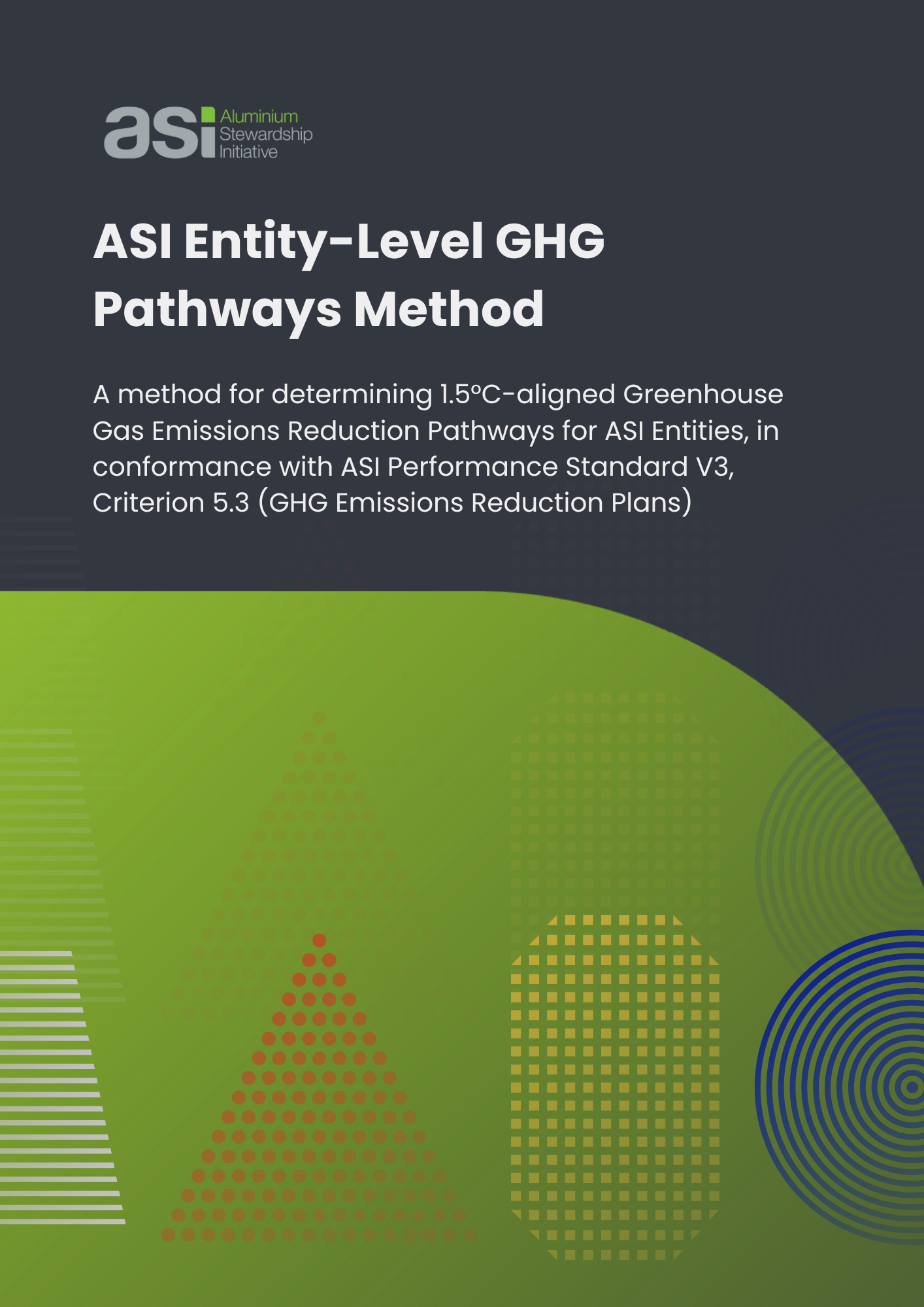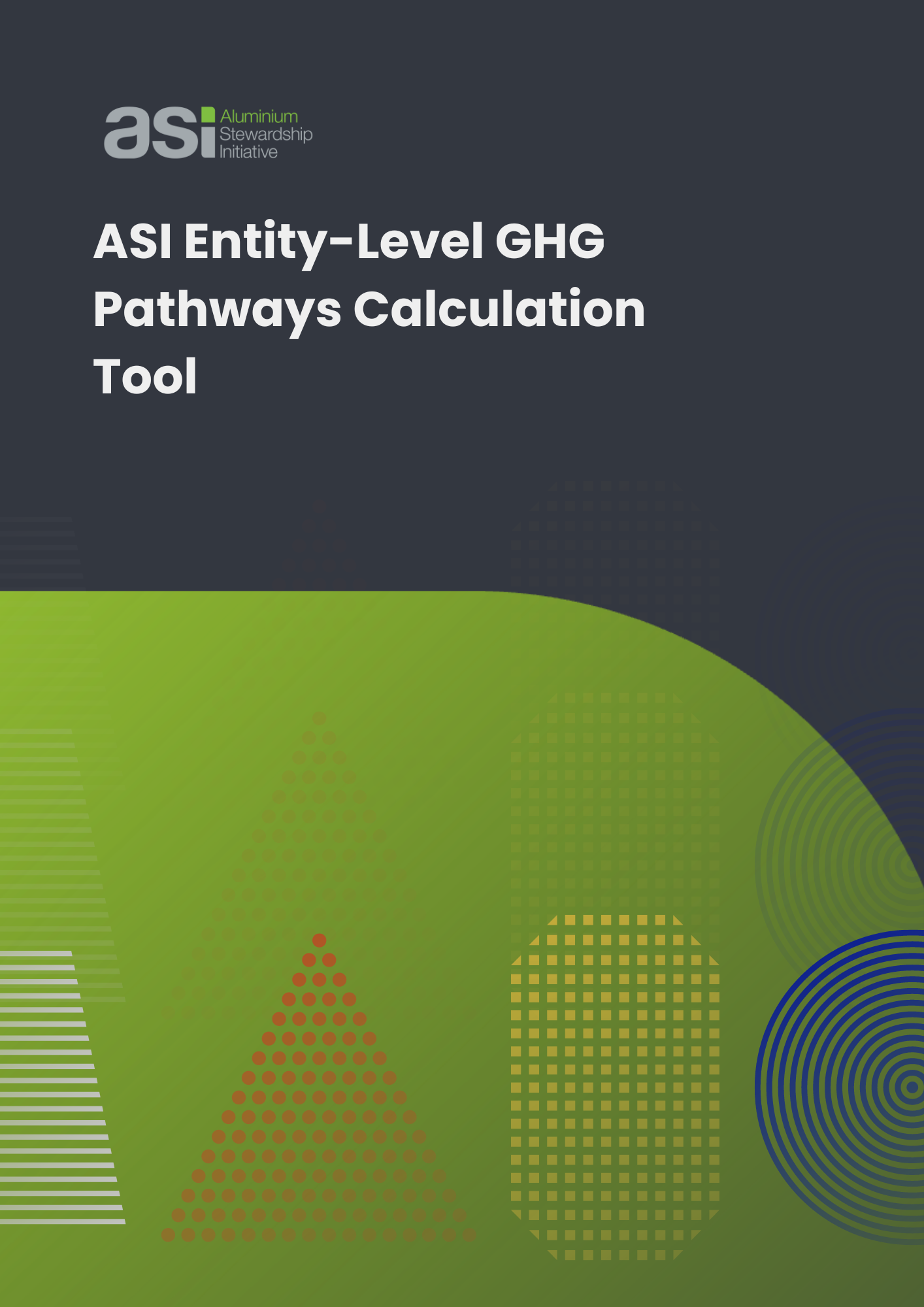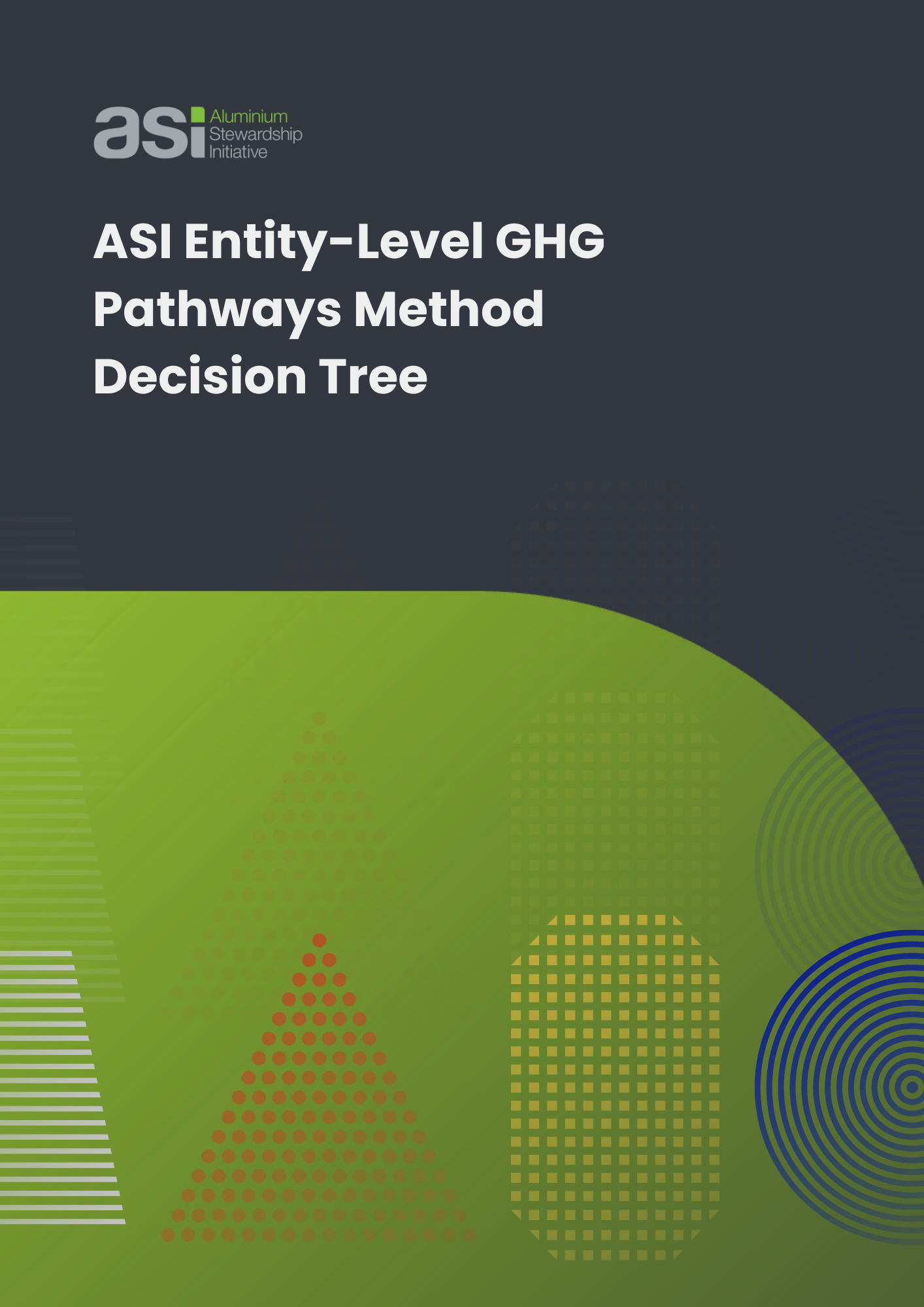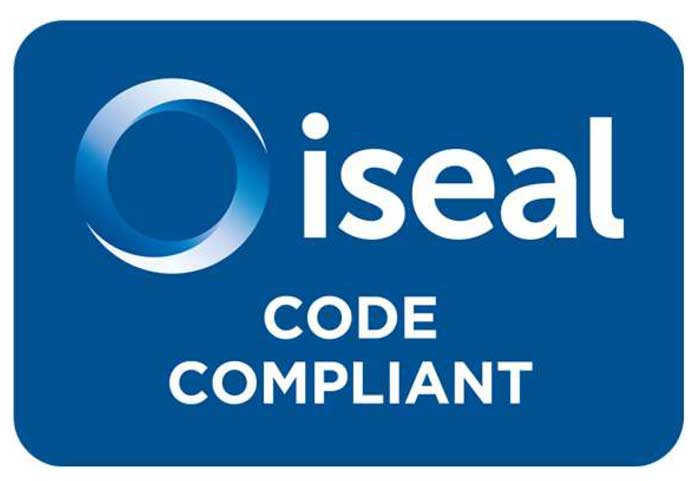ASI Entity GHG Pathways Method and Calculation Tool
The ASI Method, published in February 2024, enables Performance Standard-certifying Entities (and indeed any aluminium producing or transforming business along the value chain) to articulate aluminium emission intensity reduction slopes (GHG Emissions Reduction Pathways) and targets, against which their performance can be measured and disclosed.
Reference to the Method was incorporated into Performance Standard Guidance v3.2, applicable from July 2024, from which date all ASI Entities are obliged to evidence use of the Method in ASI Performance Standard v3.2 Audits (Criterion 5.3).
GHG Emissions Reduction Pathways: ASI introduces flexibility to assurance framework effective January 2025; new Conformance tool published.
Read more details.
Driving 1.5C aligned change
Since 2018, ASI has been committed to driving the aluminium sector towards a 1.5 degree aligned future, achievement of which is only possible through a shift in primary aluminium smelter power, among other pathways, to zero emitting technologies over the next three decades.
On the back of ASI’s decision for 1.5 degree alignment, and in a move that turns ambition into (proof of) action, Version 3 of the ASI Performance Standard, published in 2022, calls for certifying ASI Entities (no matter where they sit on the aluminium value chain) to “establish a GHG Emissions Reduction Plan and ensure a GHG Emissions Reduction Pathway consistent with a 1.5 degree warming scenario, using an ASI-endorsed methodology, when available”.
Ultimately, if each Entity-level Pathway is followed, the outcome should be that the sector’s carbon emissions budget (currently around 15 Gt CO2e) is not exceeded. With the aluminium industry currently emitting over 1 Gt CO2e every year, this is a huge undertaking that requires action at speed and scale, even as demand for aluminium is increasing and despite recent decoupling of absolute emissions from production/demand growth.
Using the ASI Method
Supporting the published Method, ASI has developed a Microsoft Excel-based Calculation Tool (linked below), which can be used to calculate and generate Entity-level GHG Pathway slopes, with additional Guidance on applicability provided through a Decision Tree.
An online learning module on 1.5-degree aligned GHG Emission Pathways is also now available on educationAL, ASI’s Learning Platform. This course aims to equip ASI certifying Entities and ASI Auditors with the knowledge required to implement and provide assurance against ASI Performance Standard Criterion 5.3, specifically the articulation of GHG Emissions Reduction Pathways, using the ASI-endorsed method.
Full list of related resources
The following links provide additional information on ASI’s Entity-level GHG Pathways Method and Tool


DOWNLOAD

DOWNLOAD
- Launch announcement of the Methodology and Tool (February 2024)
- Webinar: 45 minutes on ASI’s Entity-Level GHG Pathways Method and Calculation Tool (February 2024)
- Webinar Q&A report (February 2024)
- EducationAL module: GHG Pathway Method
Performance Standard v3.1 Criterion 5.3 – GHG Emissions Reduction Plans
The Entity shall:
- Establish a GHG Emissions Reduction Plan and ensure a GHG Emissions Reduction Pathway consistent with a 1.5°C warming scenario, using an ASI endorsed methodology when available.
- Ensure that the GHG Emissions Reduction Pathway includes an Intermediate Target covering a period no greater than five years, which:
- Addresses all Direct and Indirect GHG emissions.
- Is developed using a Science-Based Approach endorsed by ASI, if available.
- Is publicly disclosed.
- Review the GHG Emissions Reduction Plan annually.
- Review the GHG Emissions Pathway on any changes to the Business that alter baselines or targets.
- Publicly disclose:
- The latest version of the GHG Emissions Reduction Pathway.
- The latest version of the GHG Emissions Reduction Plan.
- Progress against the GHG Emissions Reduction Plan on an annual basis.
Key messages on the Method
General:
- Simplified for ease of use by all ASI Entities and ASI Auditors.
- Applies across Supply Chain Activities within and between Entities, but not to specific product or shipment outputs.
Method development:
- Derived from existing 1.5oC scenarios for the aluminium sector, in turn broadly aligned with the IEA Net Zero Emissions (NZE) scenario and based on GHG Protocol emissions accounting.
- Covers majority (>95%) of Aluminium sector emissions sources as currently defined, but likely to evolve as future emissions sources are more accurately quantified (e.g. land-use related emissions).
- Does not prioritise or limit the use of Entity-defined allocation approaches for input materials (including Pre-consumer Scrap).
- References third party reporting and carbon footprint accounting guidance.
How it works for users:
- Employs a “Sectoral Decarbonisation Approach”: convergence on a sectoral emissions intensity target along a 1.5oC Pathway (slope) by (similarly scoped) Entities/assets/corporations/processes, no matter the starting point (baseline).
- Rules for baseline year and Intermediate Target setting are defined.
- Flexible applicability: singular portfolio (Entity) slope, individual Supply Chain Activity slopes or slopes measured across a number of Entities (corporate or group scale).
- For Primary aluminium:
- Fixed boundary, mine to smelter Casthouse (measured at Casthouse output)
- Cradle to gate emissions (all direct and upstream indirect)
- Electrolytic metal only –metal tapped from potroom and subsequently cast
- Choice of slope – all emissions in a single Pathway or electricity and non-electricity emissions split in two Pathways
- For Casthouses (remelting) and Semi-fabrication
- Two Pathways per supply chain activity (SCA):
- Single procurement slope: scope 3 (indirect emission) category 1 (purchased goods and services) for aluminium inputs only
- Process emissions slope: scopes 1 & 2 (direct emissions from owned or controlled sources, and indirect emissions from the generation of purchase energy, respectively)
- Only two data points are required to generate slopes for each SCA.
- Two Pathways per supply chain activity (SCA):
- For Material Conversion
- Single procurement slope (scope 3 category 1)
- Only one data point is required to generate a slope.
SHARE THIS PAGE:


